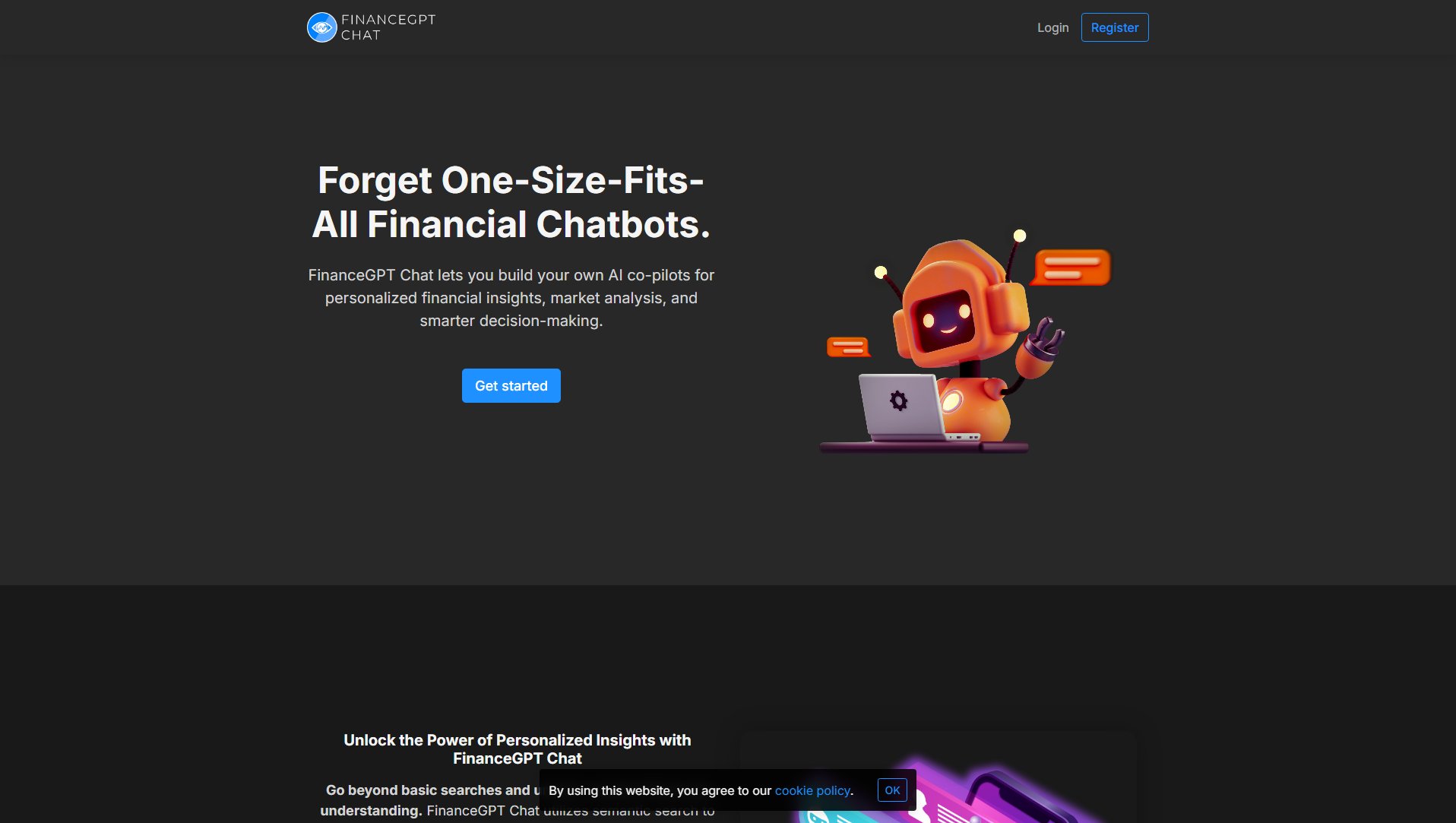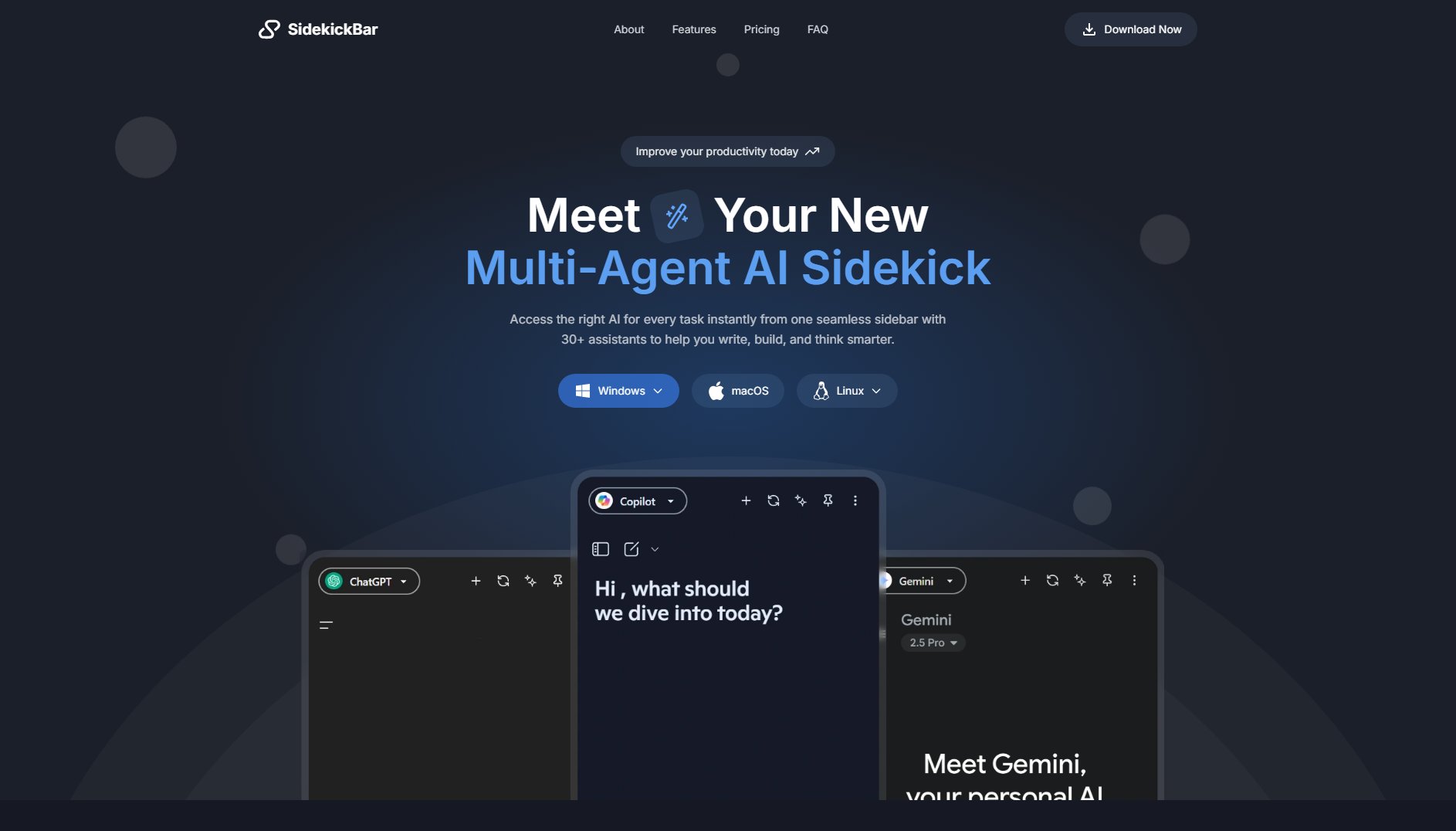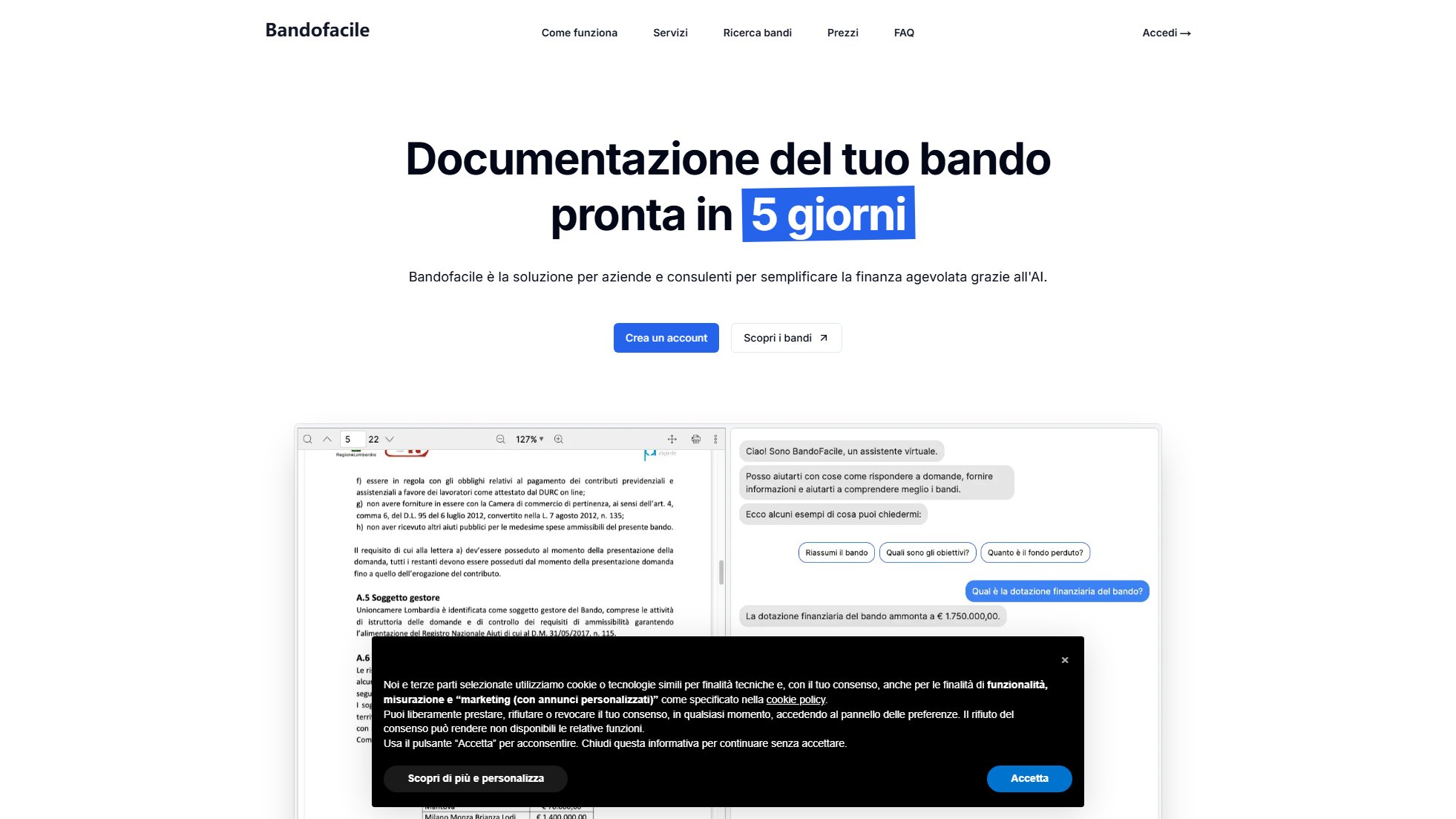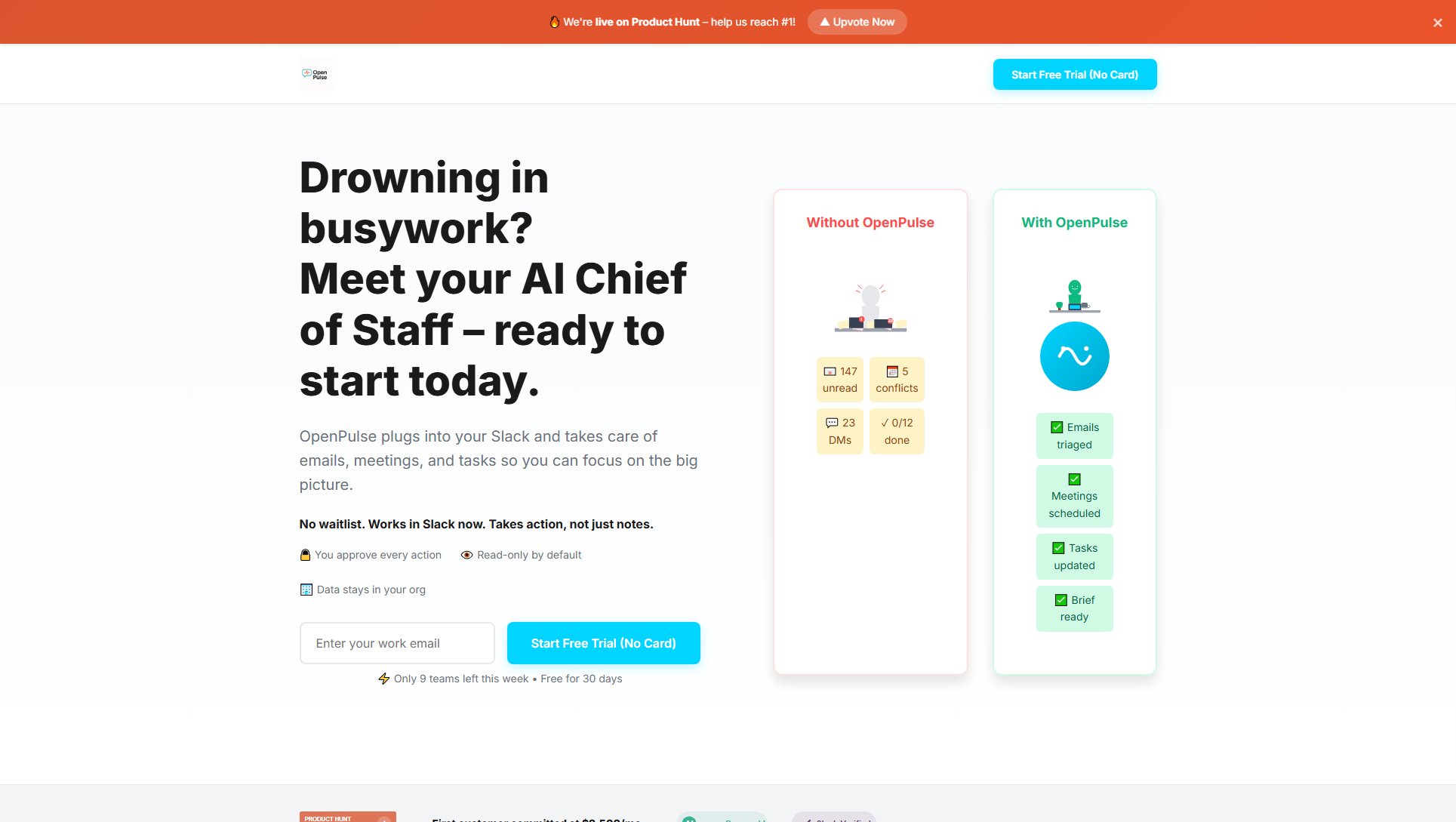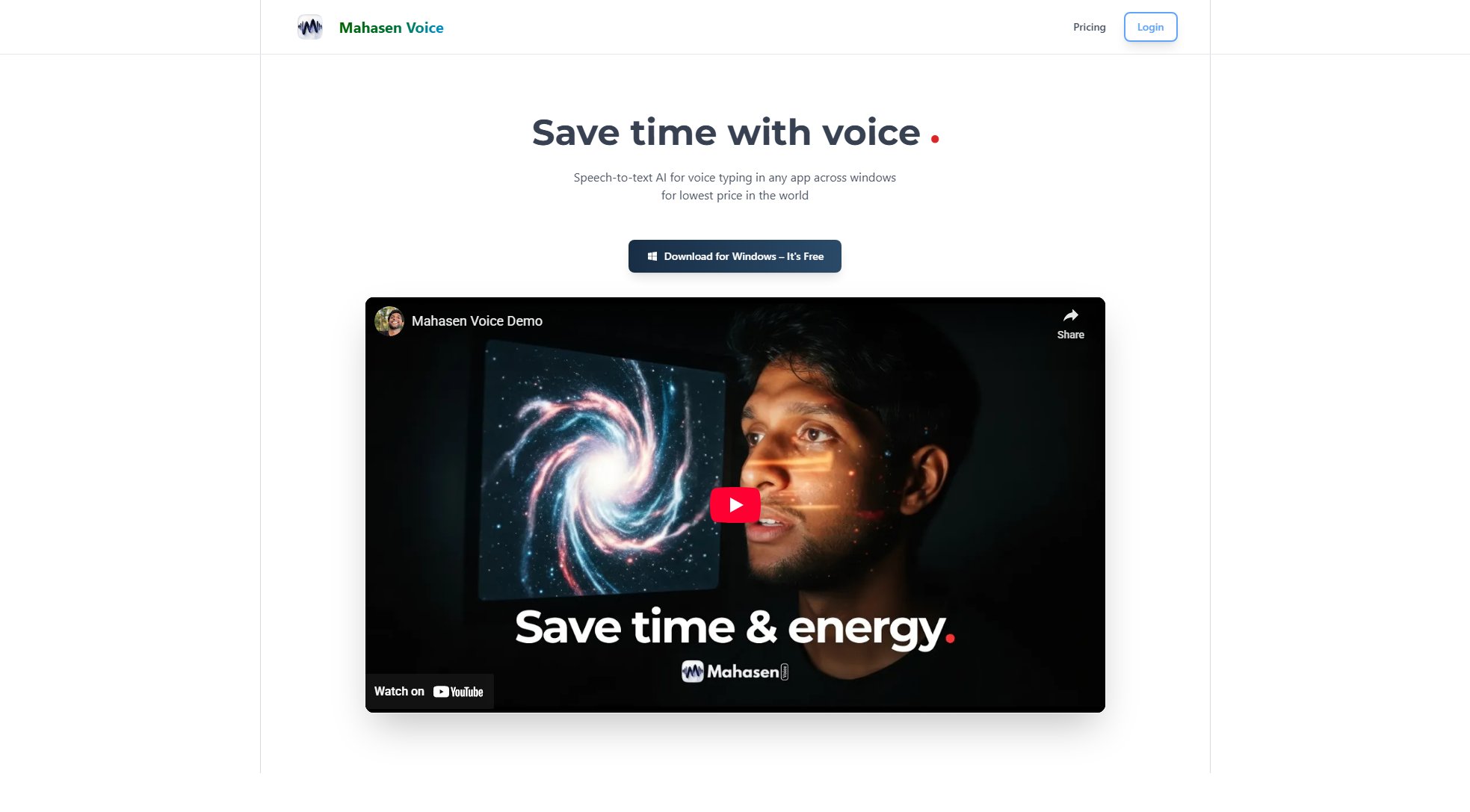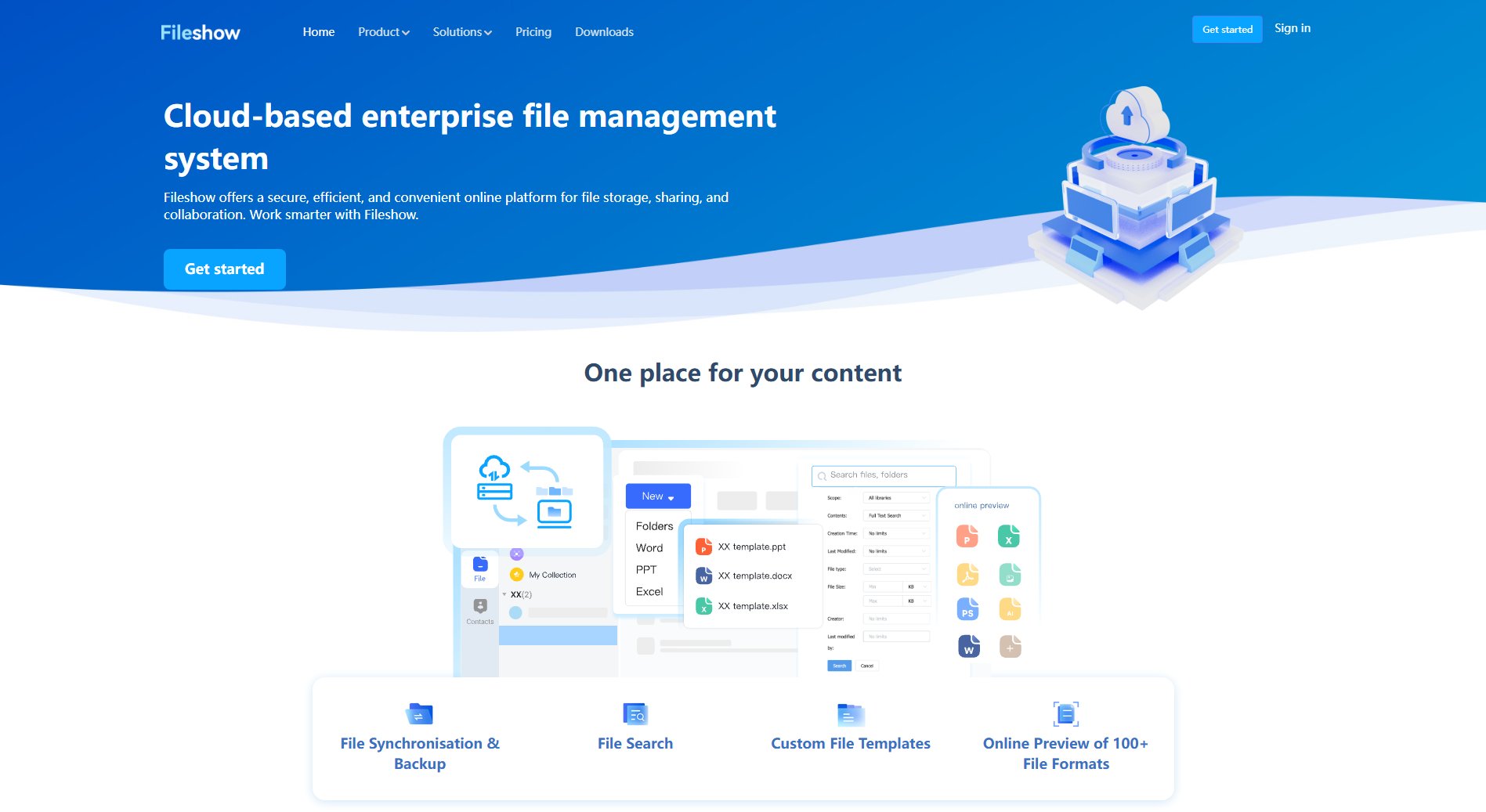Tasklet AI
Automate your business with AI agents
What is Tasklet AI? Complete Overview
Tasklet AI is a powerful automation tool designed to help businesses streamline their operations using AI agents. It enables users to automate various tasks by connecting AI with thousands of integrations, including HTTP APIs, MCP, computer use, webhooks, and schedules. Tasklet AI is ideal for businesses looking to enhance efficiency, reduce manual workloads, and leverage AI capabilities for daily operations. The platform offers different tiers of AI models, such as Haiku 4.5 and Sonnet 4.5, catering to varying needs from cost-effective solutions to more advanced capabilities.
Tasklet AI Interface & Screenshots
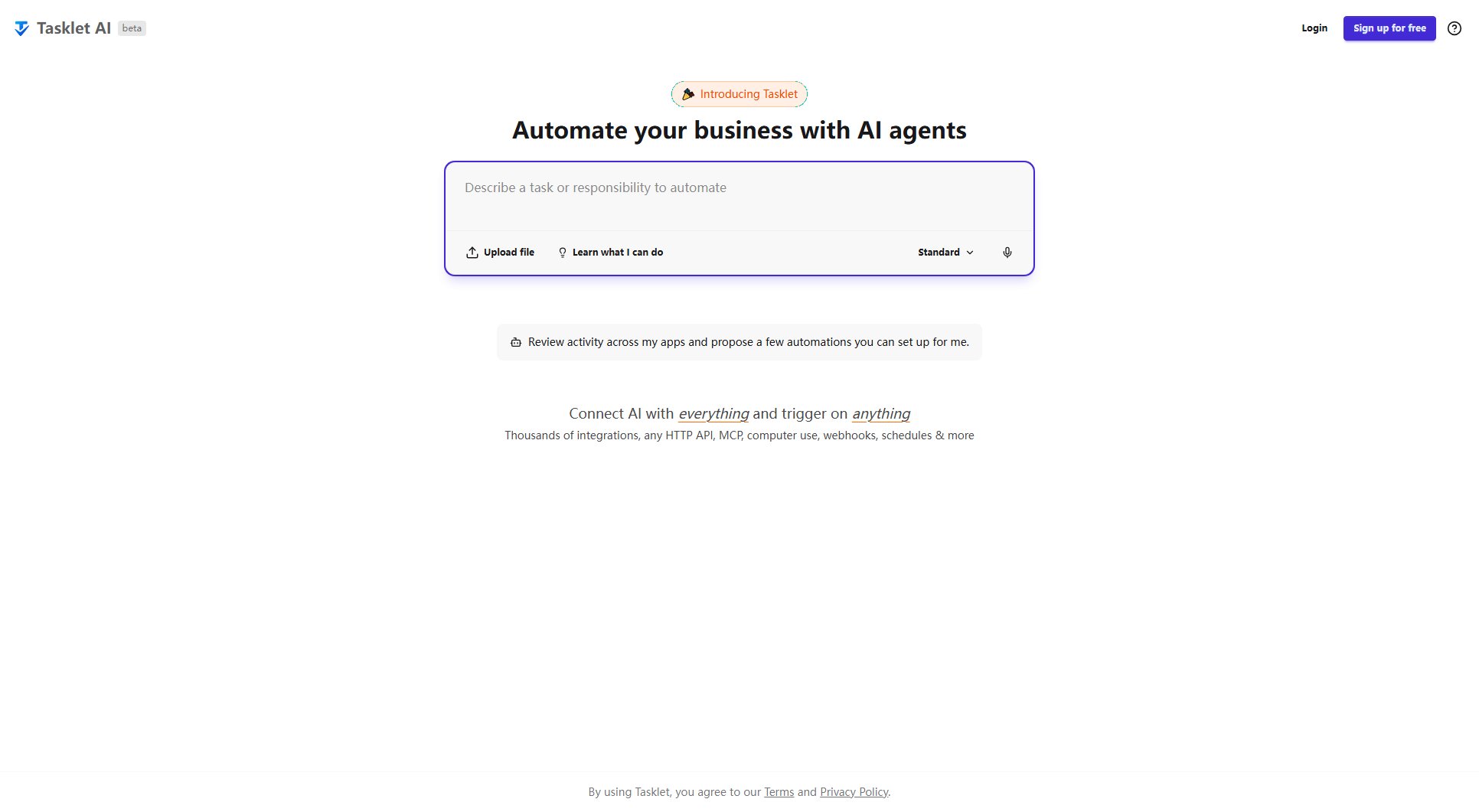
Tasklet AI Official screenshot of the tool interface
What Can Tasklet AI Do? Key Features
AI Automation
Tasklet AI allows users to automate business processes using AI agents. These agents can handle repetitive tasks, freeing up time for more strategic activities. The platform supports a wide range of integrations, making it versatile for different business needs.
Multiple AI Models
Tasklet AI offers different AI models like Haiku 4.5 and Sonnet 4.5. Haiku is fast and cost-effective, while Sonnet provides more advanced capabilities with a higher quota, suitable for more demanding tasks.
Daily Briefings
Users can set up Tasklet AI to send daily briefings based on their preferences. This feature ensures that users stay updated with relevant information without manual effort.
Extensive Integrations
The platform supports thousands of integrations, including HTTP APIs, MCP, computer use, webhooks, and schedules. This flexibility allows businesses to connect Tasklet AI with their existing tools and workflows seamlessly.
User-Friendly Interface
Tasklet AI is designed to be easy to use, with a straightforward interface that allows users to set up automations quickly. The 'Upload file' and 'Learn what I can do' options make it accessible even for non-technical users.
Best Tasklet AI Use Cases & Applications
Daily Business Briefings
Businesses can use Tasklet AI to receive daily briefings summarizing key metrics, updates, and tasks. This ensures that decision-makers are always informed without spending time manually gathering information.
Automated Data Processing
Tasklet AI can automate data processing tasks, such as extracting information from uploaded files and integrating it with other systems. This reduces manual data entry errors and saves time.
Workflow Automation
Companies can automate repetitive workflows, such as sending notifications, updating databases, or triggering actions based on specific events. This enhances efficiency and reduces operational costs.
How to Use Tasklet AI: Step-by-Step Guide
Visit the Tasklet AI website and sign up for an account.
Choose the AI model that suits your needs (Haiku 4.5 for cost-effective solutions or Sonnet 4.5 for advanced capabilities).
Upload any necessary files or connect the AI with your preferred integrations (HTTP APIs, webhooks, etc.).
Set up automations, such as daily briefings or task triggers, based on your business requirements.
Monitor the automations and adjust settings as needed to optimize performance.
Tasklet AI Pros and Cons: Honest Review
Pros
Considerations
Is Tasklet AI Worth It? FAQ & Reviews
Haiku 4.5 is a fast and cost-effective AI model suitable for basic automation tasks. Sonnet 4.5 offers more advanced capabilities and a higher quota, making it ideal for more demanding automation needs.
Yes, Tasklet AI supports thousands of integrations, including HTTP APIs, MCP, computer use, webhooks, and schedules. This allows you to connect it with your existing tools and workflows seamlessly.
The pricing information does not mention a free plan. However, there are standard plans available for both Haiku 4.5 and Sonnet 4.5 models.
You can set up daily briefings by configuring the AI agent to gather and summarize the information you need. The platform will then send you the briefing at the specified time each day.
Tasklet AI allows you to upload various file types for processing. The exact supported formats are not specified, but the platform is designed to handle common business file types.
